Top Stories
Mummy of Ancient Pharaoh of Egypt Has Been Digitally Unwrapped
Published
3 years agoon
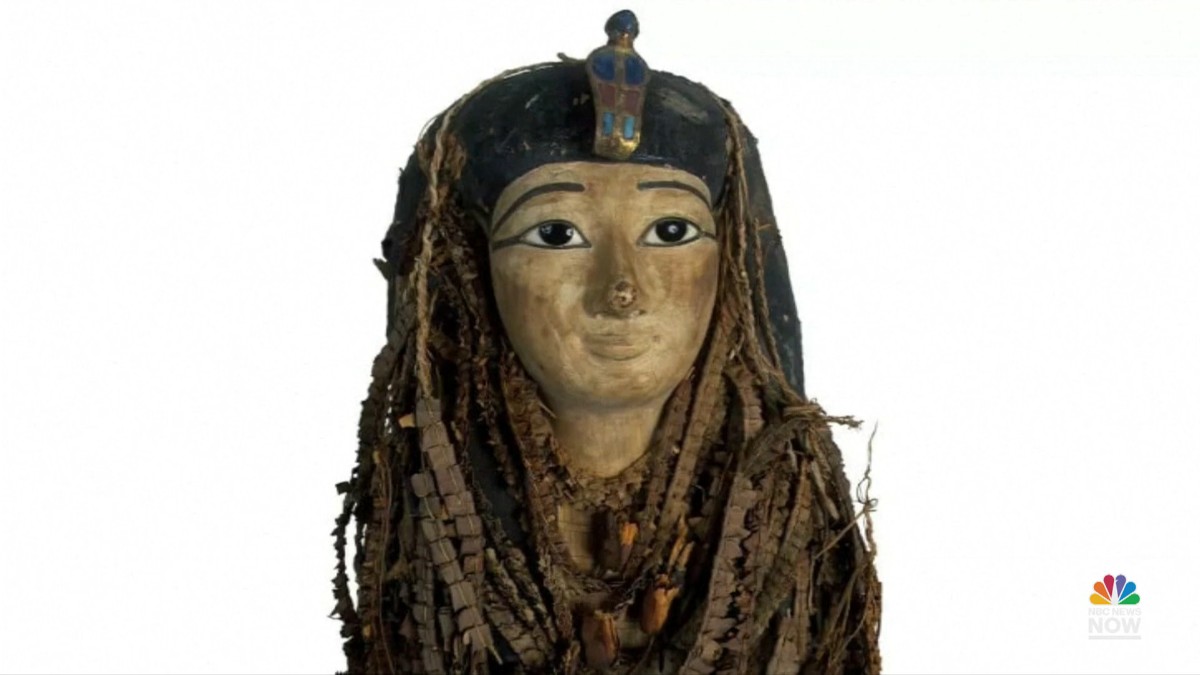
Amenhotep I reigned Egypt for about 21 years, between 1525 to 1504 BC. His original tomb has never been located. However, the mummy of the ancient pharaoh was found reburied in Luxor in 1881. Although his pristine mummy has never been unwrapped, CT scans have now allowed the scientists to examine the king’s skeleton.
Egyptian scientists have unwrapped the 3,500-year-old royal without peeling away the embalming linen. Through advanced X-ray technology and computed tomography (CT) scanning, they could look at King Amenhotep I’s mummified body and its secrets.
For the first time, we can get information about the mummy without disturbing it, according to Zahi Hawass, a renowned Egyptologist and one of the research authors.
The findings were published in a study co-authored by Hawass and Dr. Sahar Saleem. Dr. Saleem is a radiology professor at Cairo University Department of Medicine. Through scanning technology, the scientists were able to glimpse the face of the ancient pharaoh. They also determined his age, height, and how healthy he was before his death.

The 3D images generated through their study showed the facial features of the king. The images revealed that the royal has an oval face with a narrow chin, a small nose, and slightly protruding upper teeth.
Based on the researchers’ analysis of his bones, the king was around 35 at his death. They also learned that he was in good health, with no diseases or injuries when he died. Researchers also found that his teeth were still intact.
The researchers also discovered that the king’s brain was not removed during mummification. The study revealed that the ancient pharaoh was buried with 30 amulets or jewelry pieces and a belt with golden beads.
The CT technology is usually used in clinical settings to examine the bodies of living humans, Saleem told NBC News. The technology can also help study mummies in a non-disruptive manner. CT scanning is now used to unwrap the mummies digitally. In that way, we can preserve our heritage and study them with non-invasive techniques, Saleem added.
Their study on Amenhotep I’s mummified body took thousands of extremely thin CT images.
The images formed a complete 3D reconstruction of the king’s body when put together. Similar to slices of toast combined to make an entire loaf of bread, the technique allowed Saleem to remove the bandages digitally. It enabled her to visualize the amulets and the face of the mummy.
Hawass said it is not the first time a mummy has been digitally scanned, but it is the first comprehensive research. In an audio message sent to NBC News via WhatsApp, he said he wanted to use the same technology in future studies. They plan to do the same research on all the royal mummies.
Who is Amenhotep I?
Amenhotep I, also known as Amenophis I, was a king of ancient Egypt who reigned between 1525 to 1504 BC. He was the son of Ahmose I, the founder of the 18th dynasty. He successfully expanded Egypt’s boundaries in Nubia (modern Sudan).
The biographies of two soldiers prove Amenhotep’s battles in Nubia. Historical accounts had shown that he reached the borders at the Second Cataract of the Nile, probably founding a frontier on Sai Island. Amenhotep also raided Libya, although no details of his war are documented. His lone confirmed activities in Asia are the saving of the mines at Sinai and the reoccupation of the fortress established during the Middle Kingdom.
For other stories, read more here at Owner’s Mag!
You may like
Reviews
10 Design Pickle Alternatives to Get Even Better Designs
Published
11 months agoon
May 1, 2024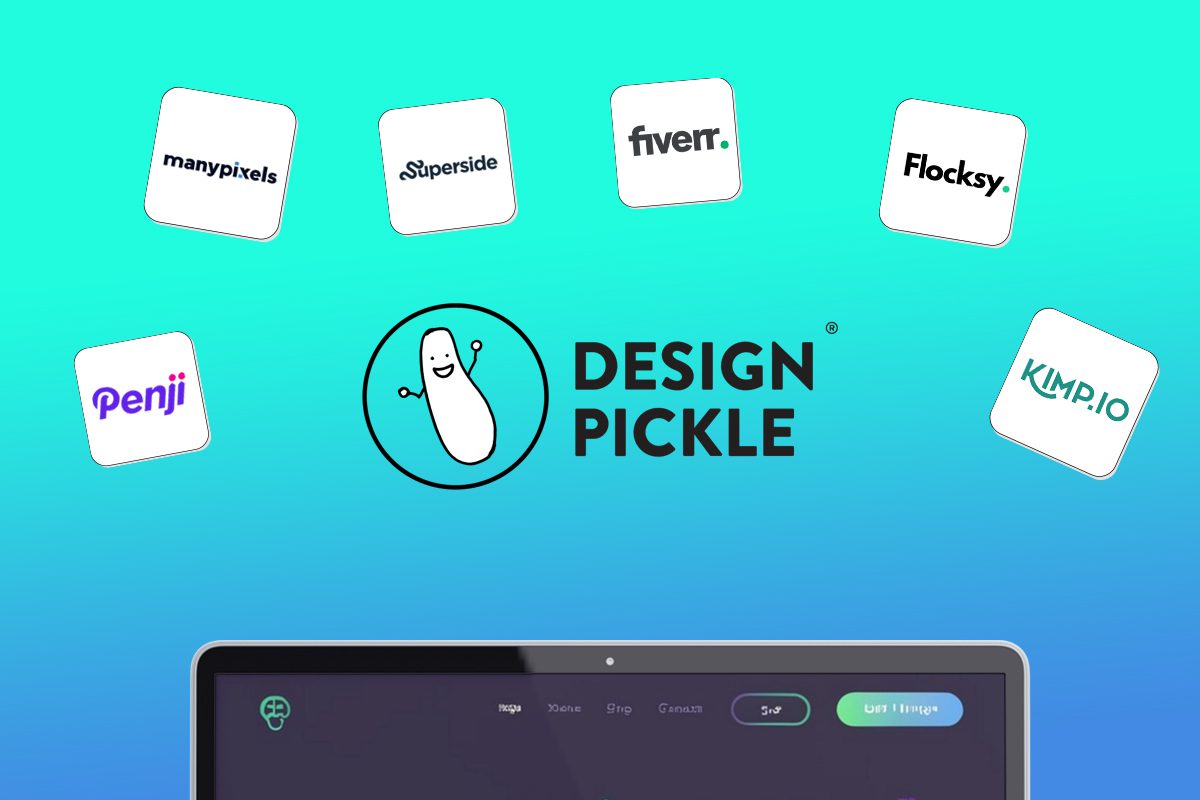
Looking for an alternative to Design Pickle? We have just the list for you.
Design subscriptions are now popular amongst entrepreneurs, small businesses, and even corporate giants. The model is simple: you pay a flat monthly rate and get as much design help as you need – websites, custom illustrations, branding assets, ad design, packaging design, and more.
In a world where traditional agencies charge exorbitant fees and the freelance market is hit or miss, more and more brands are opting for this simple, comprehensive design solution. If you have no time to vet freelancers for every project and no budget for a team of in-house designers, this might be a perfect fit for you.
We went ahead and ranked the top unlimited graphic design companies in the industry that rival Design Pickle.
1. Penji

One of the top competitors of Design Pickle is Penji. This is because Penji offers a very comparable gamut of design services at a lower price point. Penji is one of the biggest unlimited graphic design providers in the industry and has consistently received strong reviews (4.8 average) across sites like Trustpilot, Facebook, and Google.
Penji stands out for its responsive customer service and exceptional designers. Their user-friendly platform makes requesting designs simple, allowing users to easily navigate and communicate with their designer. Each tier of Penji’s subscription is tailored to cater to diverse requirements, be it ad creatives, presentation designs, or motion graphics, ensuring various types of clients get the most value for their dollar.
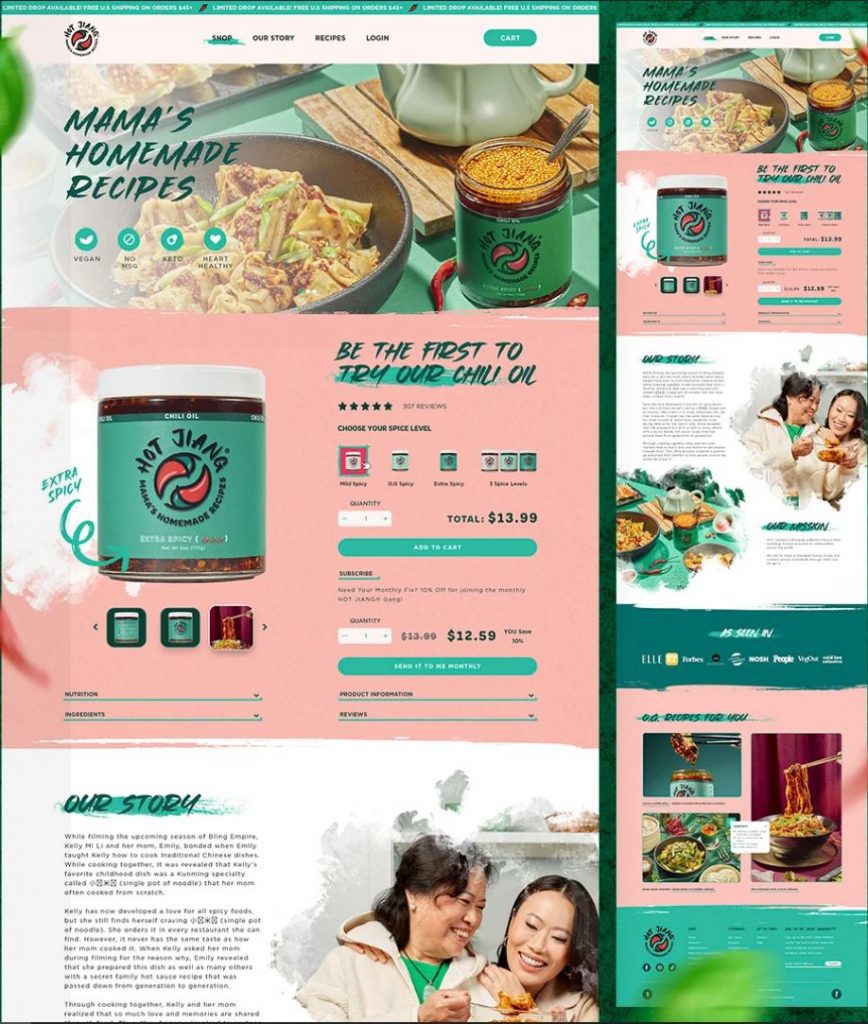
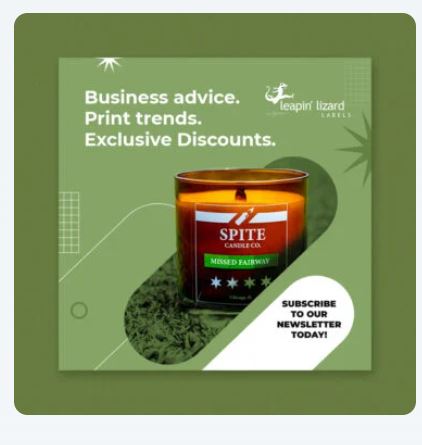


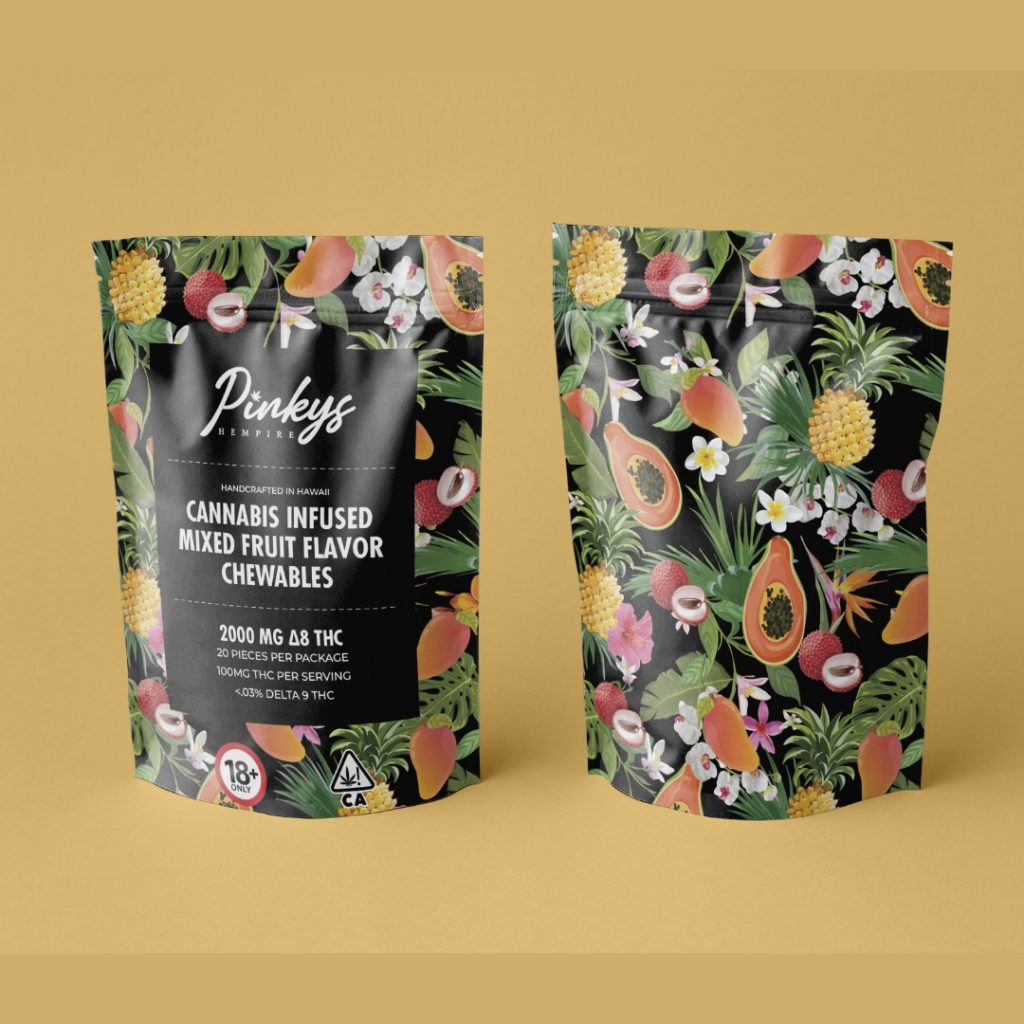
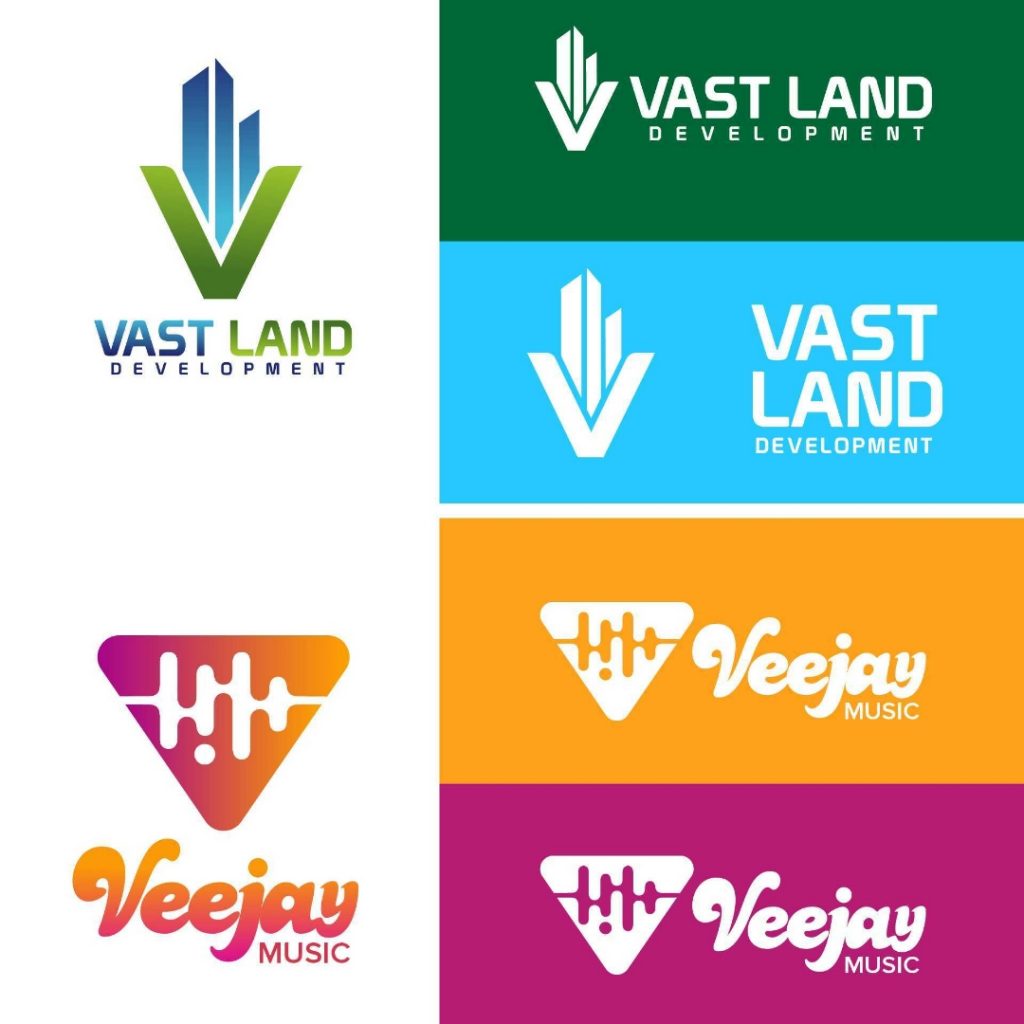
Why we recommend:
– Designers are matched to your project based on their skillset and your specific need
– Penji offers logo designs, illustrations, and UX/UI for apps & websites
– Their customer support is responsive and quick
– There are over 100 design services to choose from
– You get access to a Project Manager or Art Director at higher tiers
Price: $499-$1497
2. Superside

Superside is a well-known company offering scalable design solutions that are suitable for brands of various sizes, from startups to large enterprises. Their services are priced significantly higher than other graphic design services, so they’re best for companies with larger budgets.
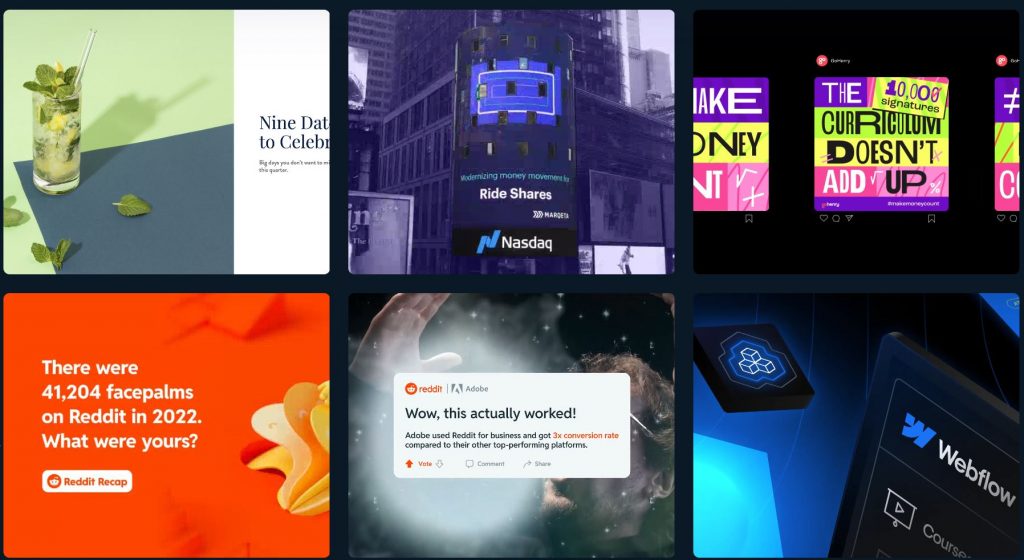
Why we recommend:
– You get access to a dedicated design team
– They offer static and motion ad creative for testing ads
– They’ve worked with big brands like Google, Shopify, and Meta
– Superside’s video production quality is top notch
– If you run out of design credits, you can order more at any tier
Price: $5,000-$13,000 (50-150 credits)
3. Fiverr

Fiverr is the only non-subscription service on the list, but many people don’t realize that individual freelancers can now offer subscriptions on Fiverr. The platform is famous for its wide range of freelance services at an incredibly affordable price. Typically, Fiverr matches you with a freelancer for a one-off project like a logo or website design. You might be able to get a logo for just $15, but in-demand designers might charge you $1000-2000 for a website.

Why we recommend:
– Fiverr manages the relationship, making financial transactions safer
– There’s no need to waste time or money hiring a full-time designer if you don’t need one
– You can choose from hundreds of designers to find the exact style you like
Price: varies widely (You might be able to get a logo for just $15, but in-demand designers might charge you $1000-2000 for a website.)
4. Flocksy
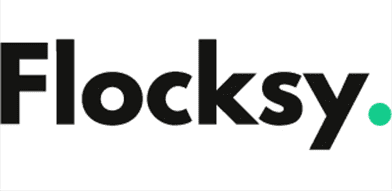
Flocksy is another unlimited graphic design service much like Penji and Superside. The company has a decent reputation online and offers comparable services to other design subscriptions. However, there are two major differences: They offer copywriting and video editing. Flocksy gives you access to an easy-to-use platform for submitting requests, tracking progress, and communicating with the creative team.

Why we recommend:
– Flocksy offers video editing and copywriting in their two highest tiers
– You can get Zapier integrations at every tier if desired
– They offer a 14-day money back guarantee if you choose not to continue
Price: $499-$1695
5. ManyPixels

Manypixels is another growing company that offers a similar service to Design Pickle at a comparable price. The company boasts clients like Teachable and Buffer. You can also get free stock assets from Manypixels, which is a nice perk to complement unlimited designs.

Why we recommend:
– Have an intuitive online platform for communication and storing files
– Pay monthly, quarterly, or yearly (save 10% quarterly, 20% yearly)
– Get a designated designer at the highest tier and collaborate in real-time
Price: $549-$1299
6. Kimp

Kimp is similar to other graphic design subscription services but offers unique pricing tiers. Unlike its competitors, Kimp provides both design and video services without requiring separate plans, ensuring a comprehensive creative solution. Clients also benefit from dedicated design and video teams, ensuring consistent quality and brand alignment across all projects.

Why we recommend:
– Choose only what you need: video, graphics, or both
– A speedy 2-4 day turnaround for video projects
– Kimp offers a 2-month discount as you’re getting started
– Get free stock video, audio and images in their top tier
Price: $599-$995
7. DesignJoy

DesignJoy came along just two years after Superside and have similar price range. They’re a big name in the design industry because they’ve worked with brands like Google and Verizon. Their standard tier allows you the manage unlimited brands along with unlimited users and stock photos.

Why we recommend:
– Webflow development available on both tiers
– Unlimited users on their higher tier
– You can refer a friend and get 5% monthly recurring commissions
Price: $4,995-$7,995
8. Delesign
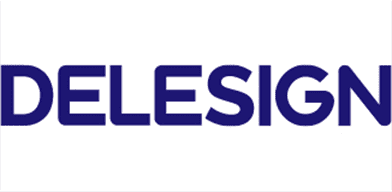
Delesign has existed since 2017 and has leveled up its services each year. For the same price as many others on the list, Delesign also offers 2D animation videos. We’re not sure of the quality, length, or requirements, but this is a great bonus for brands that want to incorporate it.

Why we recommend:
– 2D animation videos are included in the package
– Guarantees quick turnaround times for initial drafts: 24 to 48 hours
– Zapier and Slack integrations on every plan
Price: $599 – $1799
9. No Limit Creatives

Roughly the same age as Delesign, No Limit Creatives is another design services that has grown in notoriety in recent years. They’re unique in that they offer 4 tiers for graphic design while most offer 3. Like Kimp, they have a tier for graphics and video, and each tier allows a different number of requests at a time. Their lowest price tier uses design credits much like Superside’s model.

Why we recommend:
– Get a dedicated design team on 3 out of 4 tiers
– A whopping 3 requests at a time are available at the highest tier
– The highest tier also offers real-time communication through Slack
– NLC provides video editing and video creation
Price: $499-1499
10. Kapa99

Kapa99 is a small company but they compete well with larger competitors like Design Pickle. They’ve been around since 2014 and thus have had plenty of time to perfect their craft. Kapa’s tiers are split into just two: Business and Business Express. Express offers speedier delivery for clients with more pressing deadlines.
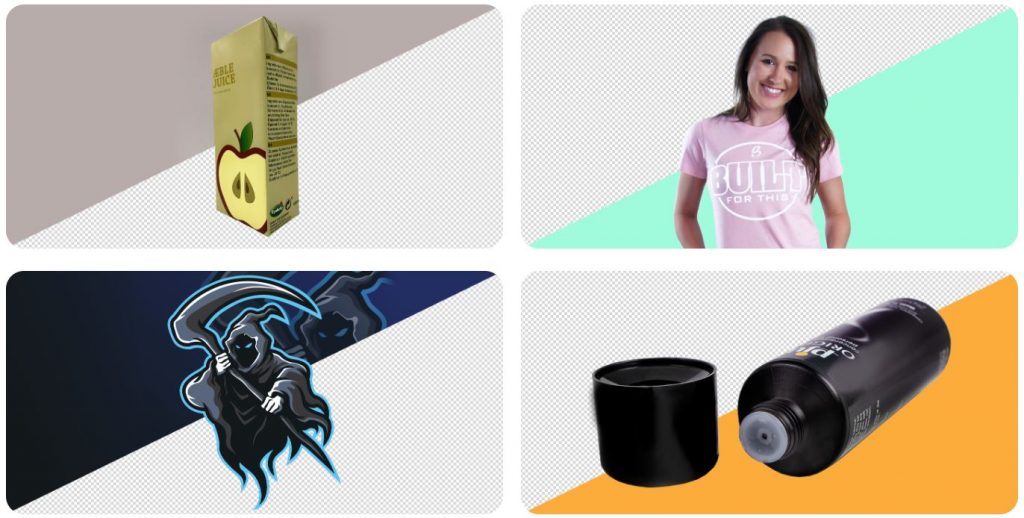
Why we recommend:
– They offer a significant discount for the first two months of your subscription
– There’s no limit to how many ‘active tasks’ you can have on your dashboard
– Native Adobe source files
– Canva file delivery
Price: $499-$999
Top Stories
10 Environmental Organizations and Nonprofits To Save the World
Published
1 year agoon
January 25, 2024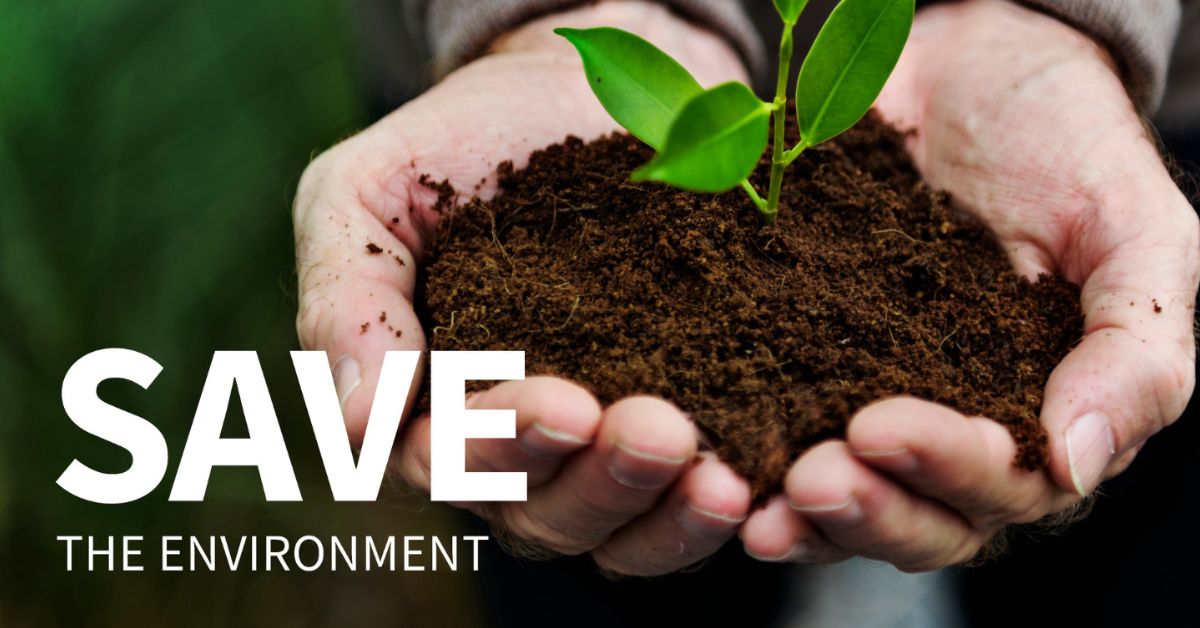
Making positive changes in our lifestyle is a powerful way to tackle important issues. Supporting charities is another great way to help the environment, make a difference, and build a better future. In this light, now is a great opportunity for government, business, and individuals to back environmental nonprofits. Here are ten groups working for a sustainable future that you can support. Get started by choosing an organization that really connects with your values.
1. World Wildlife Fund for Nature
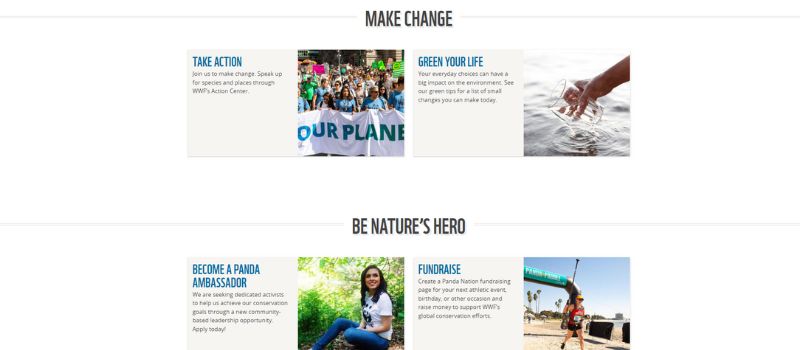
This Swiss-based NGO focuses on conserving nature and reducing human environmental impact. Acknowledged for its work with endangered species, WWF has expanded its mission to cater to specific animals and landscapes and to more significant issues that affect them.
WWF partners with governments, businesses, and other environmental organizations to implement policies and programs protecting wildlife, nature, and the global climate.
How to get involved: Sign up to take action on a particular campaign, adopt a species, participate in one of its partner-led conservation tips, or get updates on its causes.
2. One Percent For the Planet
One Percent For the Planet is a global convergence of businesses, environmental organizations, and individuals working together for a healthy planet. Founder Yvon Chouinard (also Founder of Patagonia) started the organization to bring ” dollars and doers” together to create change. Member brands commit one percent of their profits to support environmental action. The organization ensures those donations go to trusted nonprofits involved in wildlife and nature conservation, reforestation, ocean cleanups, and other environmental efforts.
How to get involved: Become a business member and donate 1% of your annual sales directly to One Percent for the Planet’sPlanet’s environmental partners network.
3. Fashion Revolution
Fashion Revolution is a worldwide movement bringing people and brands together towards creating a safer, cleaner, and fairer fashion industry. Founded after the Rana Plaza collapse in 2013, Fashion Revolution believes that collaboration across the value chain is the best way to transform the industry radically. It works with global coordinators to host events every year for an entire week in April to inspire consumers and brands to take a closer look at how and by whom their clothes were made.
How to get involved: Participate in the #WhoMadeMyClothes campaign all year round, especially during Fashion Revolution Week, which takes place annually in late April.
4. Earthjustice

Earthjustice attorneys support various significant environmental policies, such as the Endangered Species Act and the Clean Air Act. Earthjustice works with activists, national politicians, international policymakers, and individuals to protect and strengthen laws to benefit people and a healthy planet.
How to get involved: Make a one-time or monthly donation and support essential campaigns.
5. Natural Resources Defense Council (NRDC)
The Natural Resources Defense Council aims to safeguard the Earth, including its people, plants, and animals. Founded in the 1970s by a team of law students and attorneys, NRDC is now a membership-based organization that works with lawyers, activists, scientists, businesses, and individuals to identify problems and formulate sustainable solutions. NRDC also ensures that everybody has the right to clean air, clean water, and healthy wild spaces.
How to get involved: Make a one-time or monthly donation, or add your voice to essential campaigns.
6. Conservation International
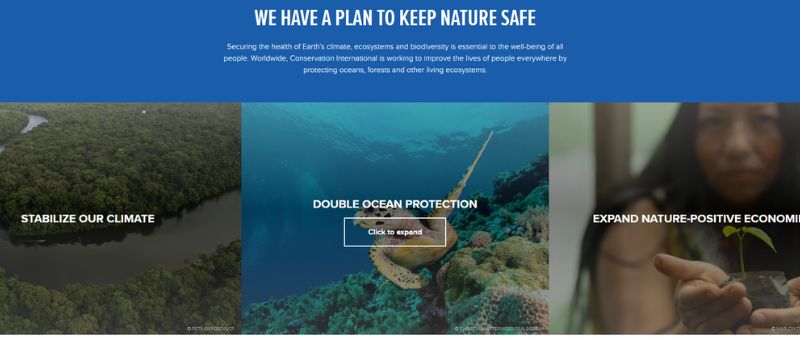
Conservation International (CI) aims to protect the Earth to provide us with fresh water, adequate food, sustainable livelihood, and a stable climate. CI works with governments, business leaders, and individuals to implement doable solutions to climate change-related problems. In its 30 years of operation, the organization has successfully protected more than 601 hectares of land, marine, and coastal areas.
How to get involved: A $25 donation here will protect one acre of forest. Other ways to get involved with CI include:
- Subscribing to receive conservation news and calls to action in your inbox.
- Taking the “I Need Nature and Climate Action Pledge.”
- Reading their tips for greener living.
7. Rainforest Alliance
The Rainforest Alliance is a nonprofit working to create a better future for people and the Planet. They offer a certification program for brands selling rainforest-friendly products. They also work alongside activists, businesses, small farmers, and forest communities to drive positive social, environmental, and economic change across forest landscapes.
How to get involved: Promote their frog seal while shopping for rainforest-dependent products such as tea, coffee, chocolate, and paper. Environment-conscious travelers can even opt for Rainforest Alliance-certified hotels and tours worldwide.
8. Greenpeace
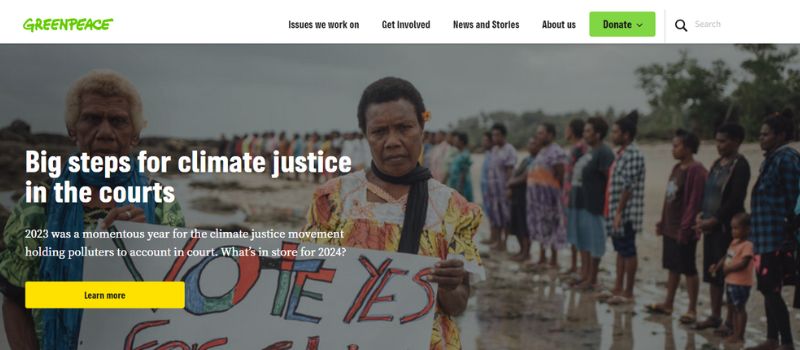
Greenpeace is an international environmental organization whose mission is to create a green, peaceful, and ecologically diverse world. It relies on its membership of activists, students, educators, scientists, and environmentalists to investigate issues and solutions, lobby governments, and show up for actions against climate change.
How to get involved: Join a local group of activists and follow along with Greenpeace’s journalism site, Unearthed. Donations are also welcome.
9. Lonely Whale Foundation
Lonely Whale Foundation works with businesses and entrepreneurs to develop environmental business models, gets involved in communities to educate the next generation better, and initiates global movements to address plastic pollution in our oceans.
How to get involved: Check out current campaigns to get involved in or donate.
10. 350.org
With members in over 180 countries, 350.org uses social media campaigns, grassroots organizations, and collective public action to support clean energy solutions. Its primary objectives are to reduce carbon footprint, help build a zero-carbon economy, and make governments accountable for limiting their emissions.
How to get involved: Join a local group near you and support the initiatives they are working on. You can also start your own or donate if you are far from an existing group.

While balloons bring momentary delight in celebrations and events, this tradition poses ecological challenges we often forget. They are harmful to wildlife, marine ecosystems, natural resources, and even toddlers. Balloons filled with helium look so pretty in the sky. However, they can’t stay afloat for so long. Each of these balloons pops and plunges to the earth, turning into trash. This is why balloon releases should be banned.
How the Tradition of Balloon Releases Harms the Environment
Releasing balloons has become a customary practice in local events, including schools, weddings, and memorials, with origin tracing back to the 1940s. We acknowledge the emotional significance of traditions, like those we’ve seen in sporting events with fireworks, marching bands, and cool mascots. However, it is becoming more evident that haphazard balloon releases have several harmful implications for the environment.

Insert image: The Indy 500 balloon launch
Caption: The Iconic Indianapolis 500 Balloon Launch in May 2019. Source: speedsport.com
In May 2019, The Indianapolis Motor Speedway (IMS) continued its tradition of releasing balloons before the start of the Indianapolis 500. The IMS claims that its balloons are biodegradable. However, studies conducted to test these claims still raise a big question and pose a substantial environmental risk.
Then, in 2022, the IMS management confirmed that the pre-race “Balloon Launch” has been paused indefinitely.
Regardless of what the Indy 500 does, several people and organizations still do balloon releases. Here are some reasons they harm the environment and potential alternatives to flying balloons.
Balloons are bad for wildlife and marine ecosystems.
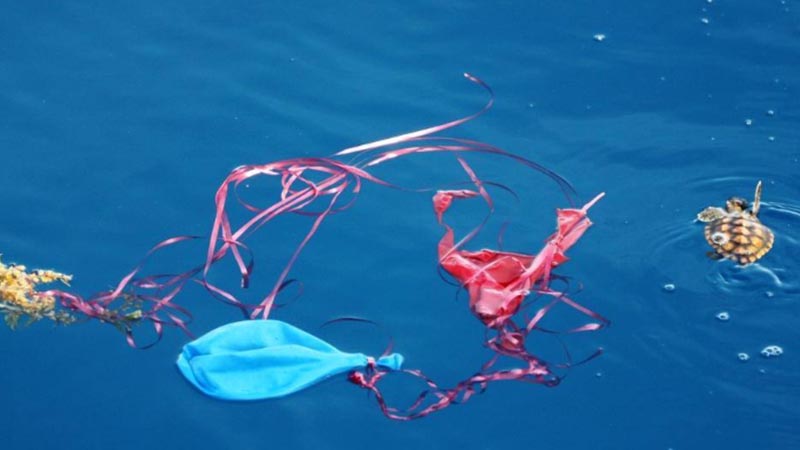
The National Oceanic and Atmospheric Administration (NOAA) emphasizes that wildlife can confuse a balloon’s small, bright pieces as food. The agency points out that the balloons released into the air don’t merely go away. They either get stuck on something like electrical wires or tree branches. Others may deflate and plummet into the ground, where they can create many problems.
Balloons that are not disposed of properly end up in the ocean and along the shores, and worse, they can be mistaken for food by wildlife and marine animals. Strings or ribbons attached to the balloon, on the other hand, can cause entanglement and other injuries.
Another major problem is marine debris.
Experts are also worried about balloons becoming marine debris. Solid waste, found in global water bodies and the accumulation of such waste along waterway shorelines, is termed marine debris. Marine debris is frequently cited as one of the most widespread issues in global marine pollution.
7 Alternatives to Balloon Releases
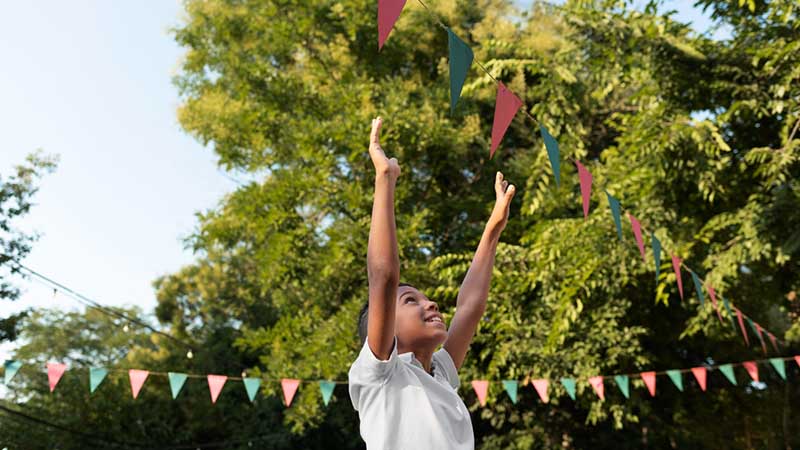
At first, we are hesitant to talk about this because we know how sentimental balloon releases are in many communities, organizations, and families. Fortunately, there are several alternatives to balloon launches.
A non-profit organization called Clearwater Marine Aquarium recommends seven potential alternatives to balloon launches, including the following:
- Flags
- Banners
- Streamers
- Kites
- Pinwheels
- Bubbles
- Floating Flowers
Do you want to make a meaningful contribution to save Mother Nature? Now is the best opportunity to help! Next time you’re thinking about celebrating, try these environmentally friendly replacements for balloons.
Conclusion
Our effort has exposed the environmental hazard that balloon celebration may bring to our plant. We must reassess our traditions and consider some eco-friendly alternatives to commemorate special events. Let us prioritize sustainability and make informed choices to make a lasting impact on the environment. It’s time to deflate the myths and rise above the challenges associated with balloon releases.

Digital Nomads Flock To These 10 Amazing Tax-Free Cities

Adopting a Cat? Here’s Your 5-Item Starter Kit

Discover 2025’s Top 10 Online Banks for Smart Savings

The Latest In The AI Boom: What Entrepreneurs Need To Know In 2025

Taylor Swift’s Fortune: The Billionaire Behind The Eras Tour

8 Popular Mobile Payment Systems

